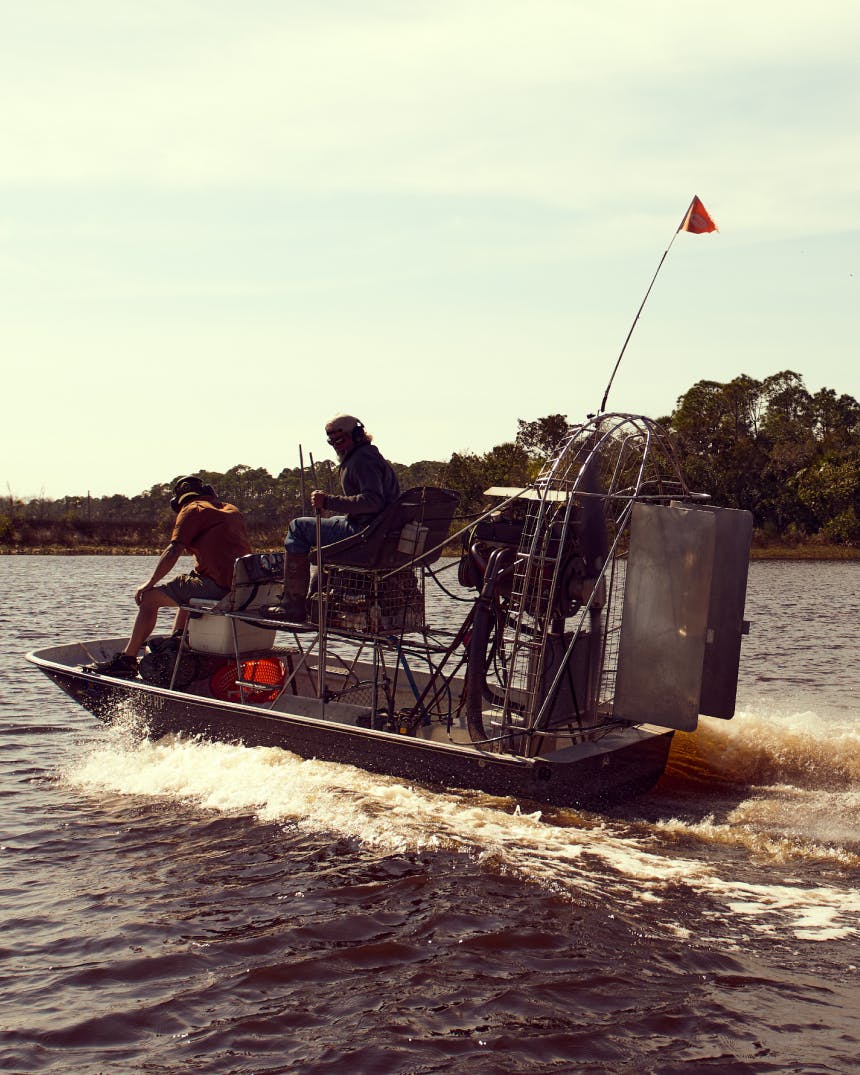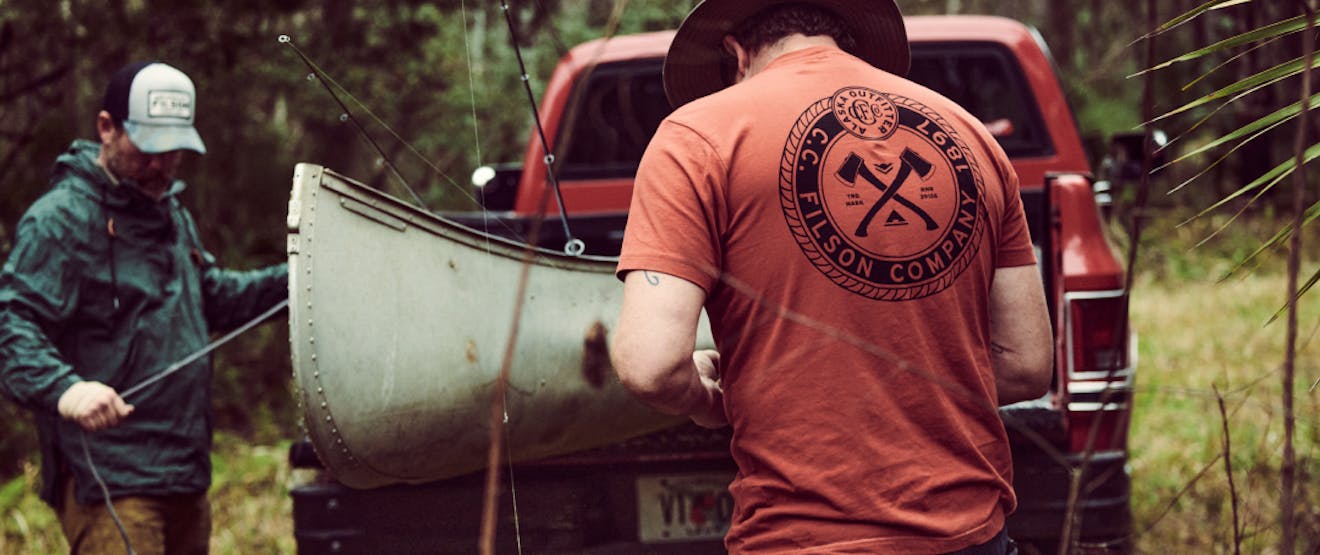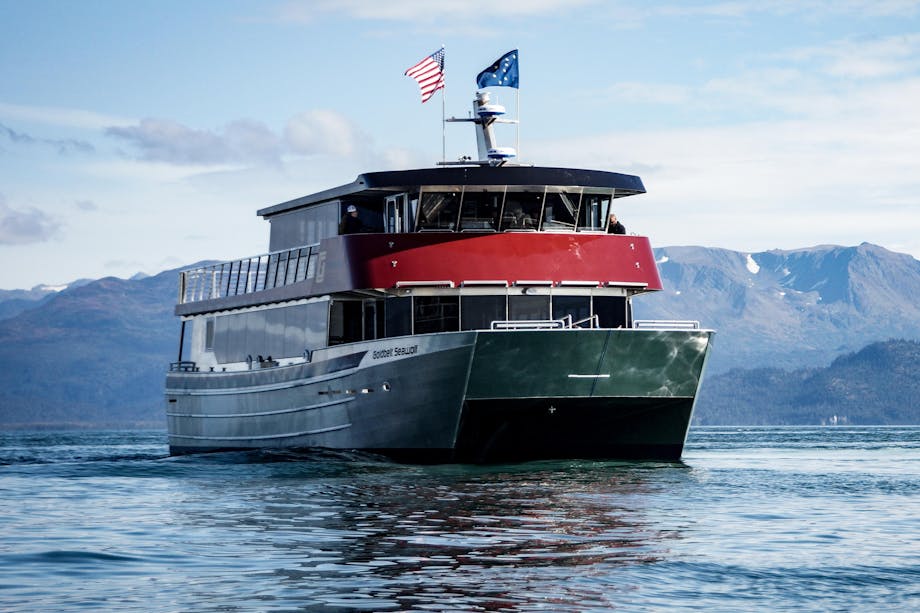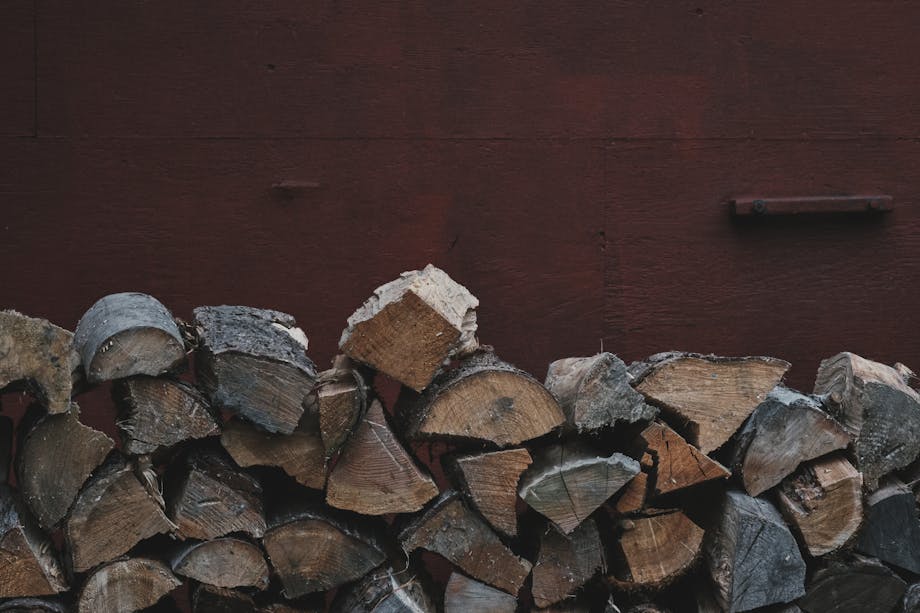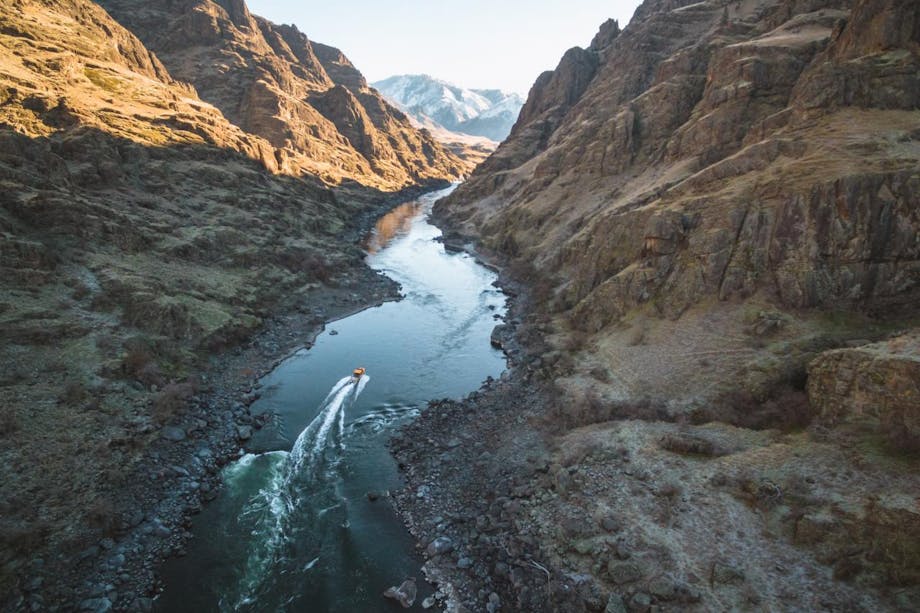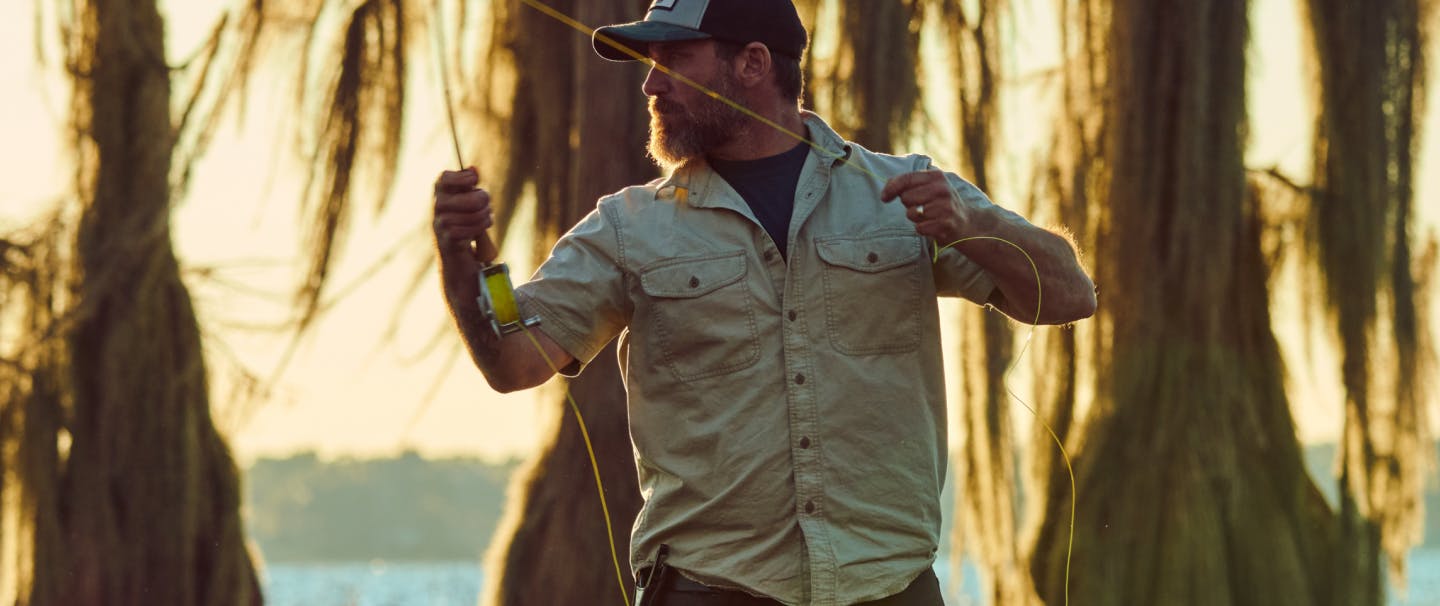Airboats—AKA swamp boats or bayou boats—are a relatively straightforward design for a watercraft, yet have been employed for a wide variety of transportation uses on rivers, marshlands, and other shallow water areas worldwide. Said design is based on a flat-bottom hull, most commonly made of wood, aluminum, or fiberglass, and propelled by a propeller mounted on the stern of the vessel. Such a configuration avoids the need to have a submerged propeller on an outboard engine.
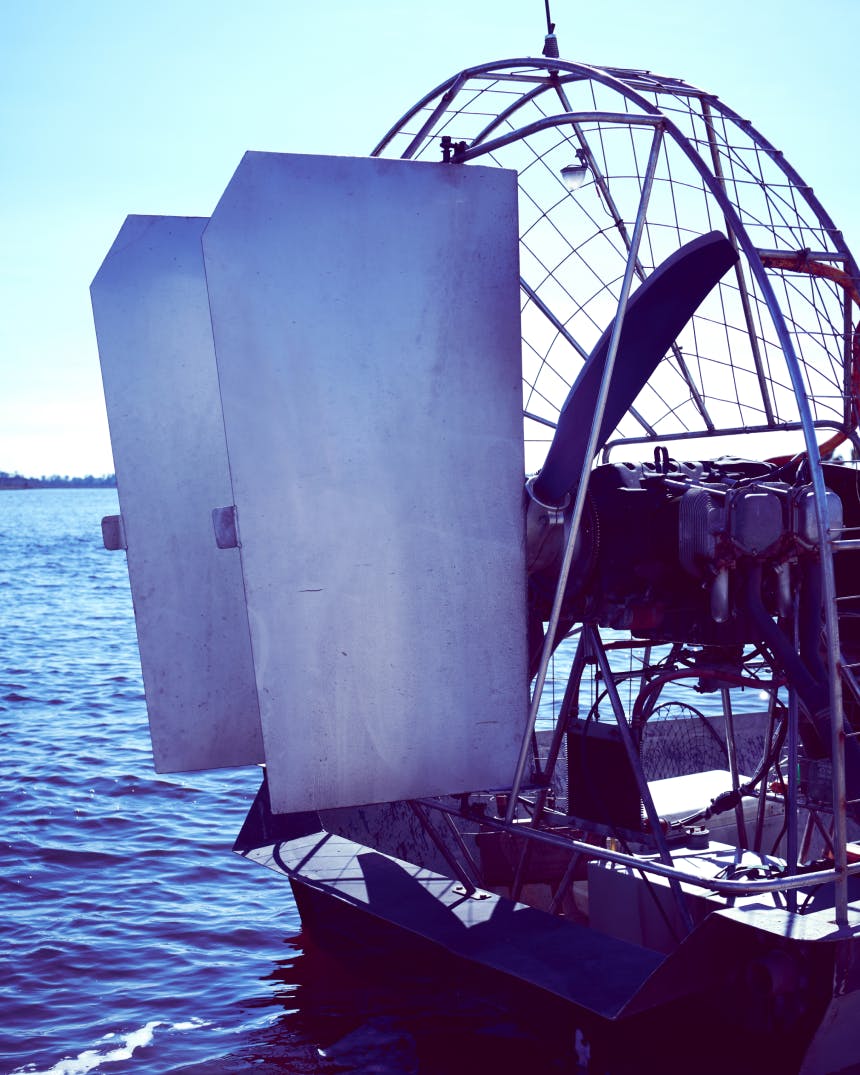
One of the earliest known prototypes was made in 1905 in Nova Scotia by Dr. Alexander Graham Bell of telephone fame. His catamaran craft, christened Ugly Duckling, reached a top speed of only three-and-a-half knots per hour (four miles an hour), but was quickly followed by others with improved variations on the design and powerplant. These included the Brazilian hydrofoil and the French speedboat La Rapière II (both in 1907), the British army’s airboats in World War I, American aircraft pioneer Glenn Curtis’s airboat used for bow hunting in Florida (1920), and the U.S. Army’s Aircat patrol airboats employed in the Mekong Delta during the Vietnam War and during rescues as a rapid-response watercraft, such as during the flooding that devastated New Orleans following Hurricane Katrina on August 29, 2005.
The flat-bottomed aspect of the airboat design is first credited to a trio of inventors working near Brigham City, Utah in 1943.
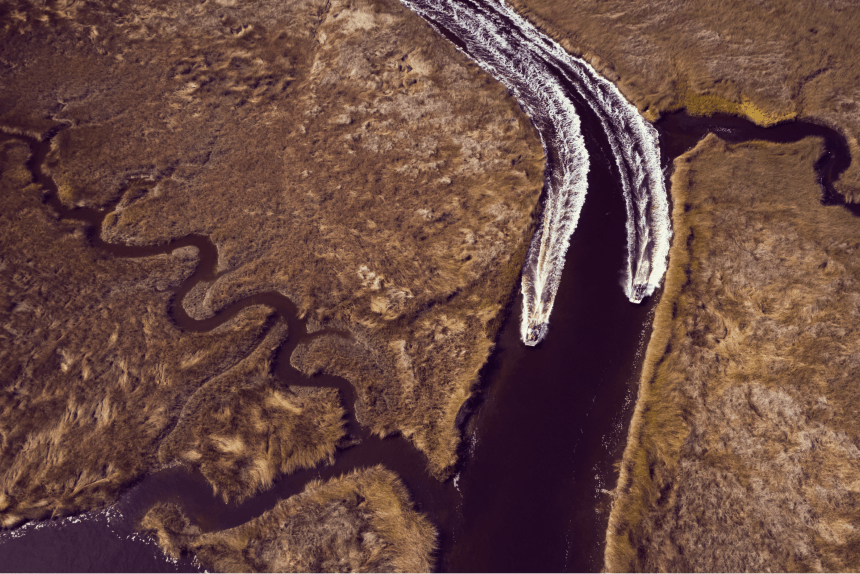
The flat-bottomed aspect of the airboat design is first credited to a trio of inventors working near Brigham City, Utah in 1943. Cecil Williams, Leo Young, and G. Hortin Jensen created a new type of airboat that could be used to help access and protect the world’s largest migratory bird refuge at that time: the Bear River Migratory Bird Refuge, a division of the US Fish and Wildlife Service. The need to access remote river and marshland ecologies has continued to this day, and airboats continue to transport scientists studying water quality, the bird and animal populations of these habitats over time, and the impact of invasive aquatic species, both plant and animal. They are also used by regulatory agencies charged with patrolling for poachers of endangered species and protecting against illegal access to wetland areas subject to conservation and rehabilitation efforts.
Airboats have also provided those who live and work in areas like the Florida Everglades and along the Suwannee River a cost-effective means to access tight spots in backwater areas...
Airboats have also provided those who live and work in areas like the Florida Everglades and along the Suwannee River a cost-effective means to access tight spots in backwater areas for subsistence hunting, fishing, and ferrying sightseeing visitors, dubbed ecotourism. As stable, efficient, and easy as these airboats are to operate, even they are not immune to the occasional run-in with local wildlife. Operators running boats in the Fanning Springs area of the Suwannee recalled how in 2011 a woman passenger riding in an airboat was struck by a sturgeon leaping out of the river, and had to be hospitalized with a broken leg. Another unfortunate encounter resulted in an alligator biting off the hand of an airboat captain in Everglades City (the hand was later recovered from the animal). Visitors on airboats (or otherwise) beware.
